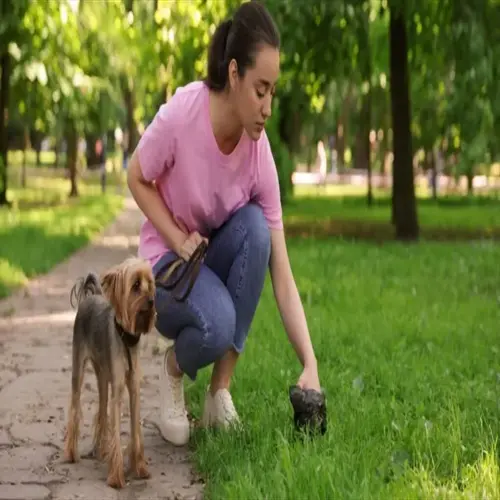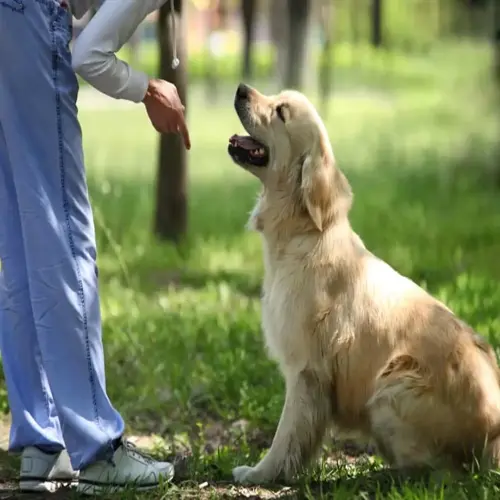What are signs of aging in senior dogs?

Written by
Susan Taylor
Reviewed by
Prof. David Walsh, Ph.D.Recognizing the signs of aging in older dogs allows greater care to be given promptly to meet the changing needs. Many changes in behavior and physical condition indicate a natural decline and need for attention. An early identification of such changes makes it possible to make adjustments to routines and have veterinary care instituted that will allow all the animals to be at ease in their latter days.
Physical Indicators
- Gray muzzle fur appearing around eyes
- Reduced muscle mass along spine and hindquarters
- Slower movement during walks and play
Behavioral Shifts
- Increased anxiety during thunderstorms
- House soiling accidents despite training
- Altered sleep patterns with nighttime restlessness
Sensory Changes
- Cloudy eyes indicating lenticular sclerosis
- Delayed response to verbal commands
- Touch sensitivity during grooming sessions
Signs of mobility changes often first show as stiffness after rest. Your dog may hesitate before jumping onto furniture or take several steps before standing fully. Limping, or a bunny hopping gait, may indicate joint discomfort that requires vet assessment.
Cognitive alterations can also include confusion in familiar spaces. Your dog may become trapped behind furniture, forget the locations of the doors, etc. Nighttime restless behavior, such as excessive pacing, occurs. Typically, this reflects canine cognitive dysfunction, which may require specific strategies for management.
Unexplained weight loss or gain should be assessed. Rapid weight loss could indicate dental pain or thorough organ function checks. Unexplained weight gain can be a sign of thyroid problems. Monthly weight checks (after using the bathroom) on bathroom scales help monitor these relevant - but often overlooked - changes.
Sensory decline is evident in vision problems or hearing loss. Your dog may not • respond to your call when they are behind you, and they may startle when you unexpectedly approach them. You can create tactile pathways using textured rugs to help guide them.
Changing behaviors may include increased anxiety during storms. Dogs that had been previously house-trained may have accidents in the house. Changes in sleep patterns include pacing during the night. If you notice these trends, how can you inform your veterinarian so they can consider and discuss potential solutions with you?
Read the full article: 9 Essential Senior Dog Care Tips for Golden Years

